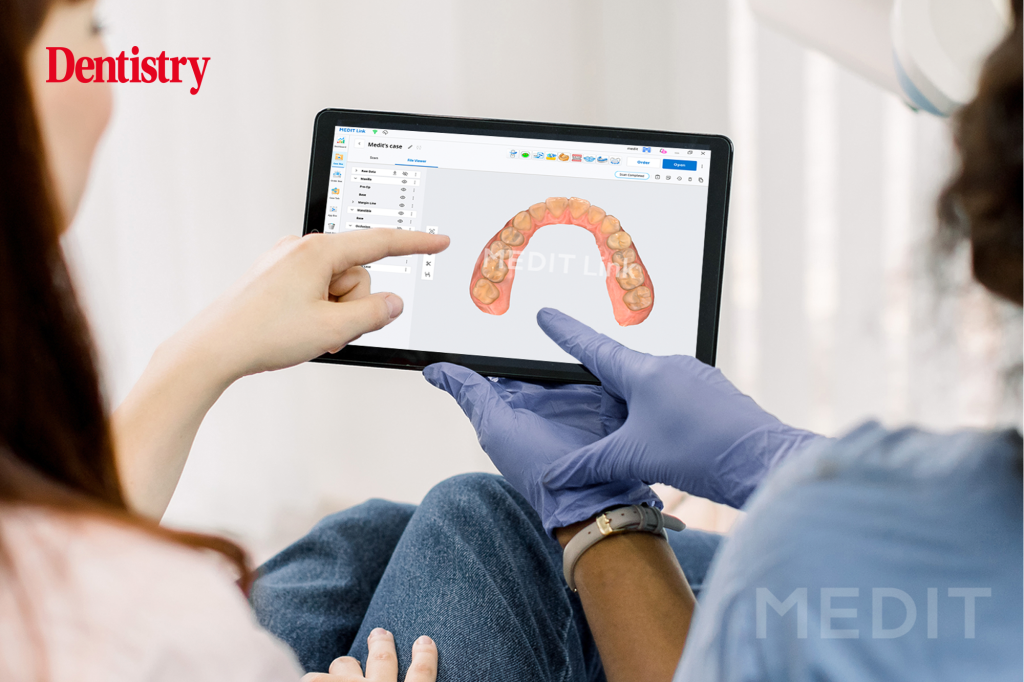
Medit shares three ways that intraoral scanners (IOS) can positively influence a patient’s perception of your dental practice.
If you have utilised intraoral scanners (IOS), you may have already experienced the convenience and advantages of using them in clinical treatment processes. In addition to its convenience in patient treatments, here are some of the interesting facts that IOS system could bring advantages to your clinics in overall.
1. Providing positive clinic experience to kids
Considering some adults also feel uncomfortable when processing impressions, it is way more difficult time for children to bear. They have relatively low patience to wait for impressions to be taken. According to a research, children prefer digital impressions over traditional methods and have good perceptions and comforts with digital dentistry (Serrano-Velasco et al, 2023).
You could provide comfortable experiences to children with an IOS and its small tips. Medit provides specific small tips for those who feel discomforts with traditional methods.

2. Enhancing communication – an image speaks louder than words
How would an intraoral scanner enhance your communications with patients? First, by delivering objective consulting through before and after images with scanned data. This gives patients a better understanding of their treatment process and enhances their satisfaction with their clinic experiences overall.
One of many reasons why patients go to a same dentist and have satisfaction is when they find communication easy (Ungureanu and Mocean, 2015). Sometimes it is easily overlooked that you are explaining in medical terms to non-experts. However, scanned images and clinical treatment images make your explanation more persuasive and convincing.
3. Retaining patients
What are the small factors or differences that influence patients to choose their dental clinic preferences over to others? They care about overall treatment process and qualities, but interestingly they also value other factors. These include short waiting times, infection control rules and overall treatment procedures.
You may have felt patients’ interesting reactions to digitalised procedures and their accuracy and comfort. Utilising an intraoral scanner even shortens chair time. The traditional impression whole process takes about 10 to 15 minutes while the scanner takes less than two minutes (Cleveland Clinic, 2024). These whole experiences can shape your patience’s perceptions about your clinics.
In order to elevate your clinics with an intraoral scanner (IOS), please find more information here.
References
- Serrano-Velasco et al, 2023, Intraoral scanners in children: evaluation of the patient perception, reliability and reproductibility, and chairside time – A systematic review
- Ungureanu and Mocean, 2015, What do patients take into account when they choose their dentist? Implications for quality improvement
- Cleveland Clinic, 2024, Dental Impressions.



